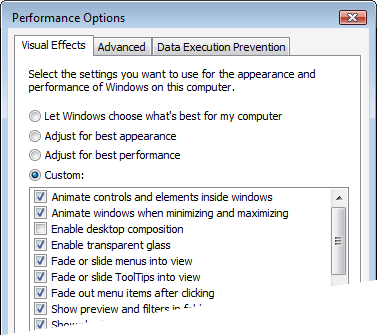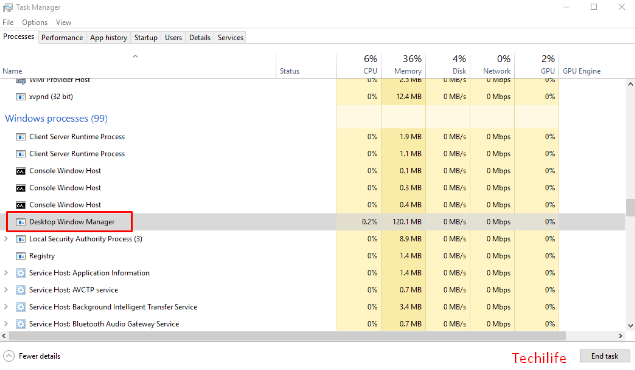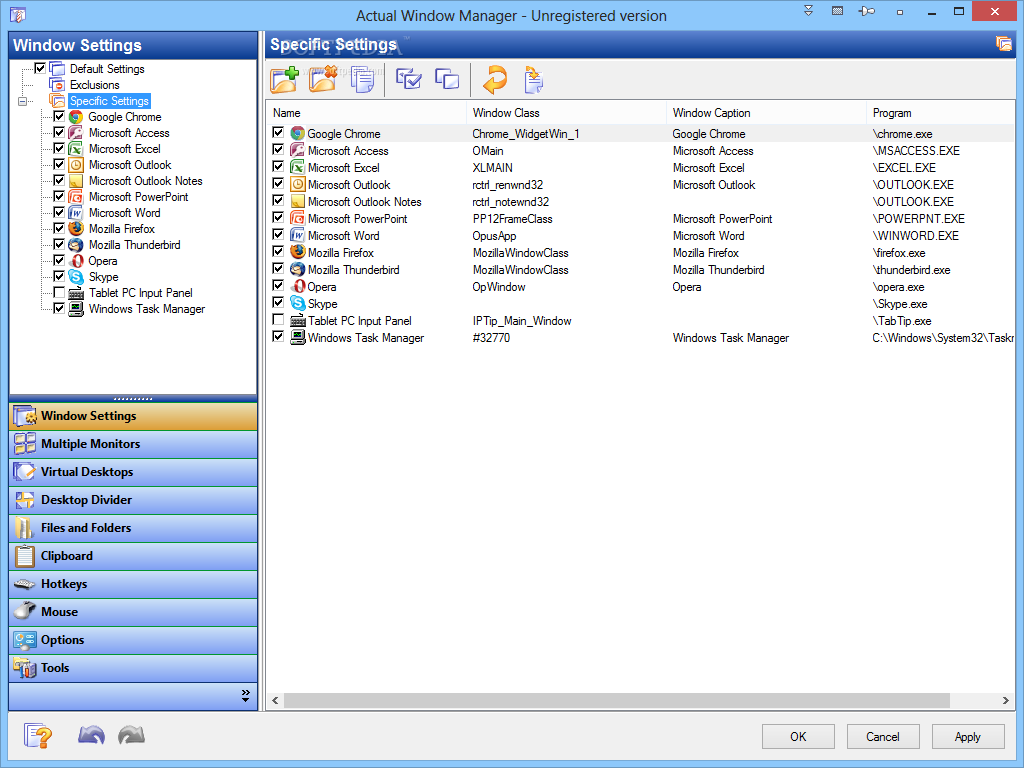

If your system is up-to-date and working correctly, then high CPU usage could point to a malware infection. To help resolve this, check the connections between your monitor and your graphics card to ensure that the correct device is being used. If the resource usage for the internal graphics chip is higher, this would mean your graphics card isn’t being used. In the Windows Settings menu, press Update & Security > Windows Update > Check for updates to check and install any of the latest system updates for your PC.ĭevices with more than one GPU (for instance, PCs with a built-in GPU on the motherboard and an external graphics card) will be shown here, listed as GPU 0, GPU 1, etc.

Microsoft issues bug fixes and system upgrades on a regular basis, which can help to improve your overall system stability, especially for newer hardware. The first (and probably most important) fix for Windows users is to keep your system updated. The Desktop Window Manager process can’t be switched off or disabled, but there are some potential fixes you can try if you find it eating up your system resources, especially if your CPU usage is unusually high. Potential Fixes for Dwm.exe High CPU Usage The dwm.exe is an essential system process, so unless you want to break Windows 10 completely (and be forced to wipe and reset Windows as a result), you should leave it alone. While some of the visual effects you see can be disabled in Windows Settings, you can’t stop the dwm.exe process from running. The DWM process is now firmly integrated into the Windows user experience, meaning the graphical user interface you use relies on it to work.

While older versions of Windows allowed you to switch the Desktop Window Manager (dwm.exe) process off, this is no longer possible in Windows 10. How to Disable or Remove the Desktop Window Manager (dwm.exe) Process Other causes for dwm.exe causing high CPU usage could be outdated drivers or missing Windows system updates, as well as your internal graphics (rather than external graphics card) being used to generate visual effects. Some malware has been reported to try and replicate the DWM process, therefore hiding in plain sight. While malware isn’t a typical cause of high CPU usage with the dwm.exe process, it can’t be ruled out.


 0 kommentar(er)
0 kommentar(er)
